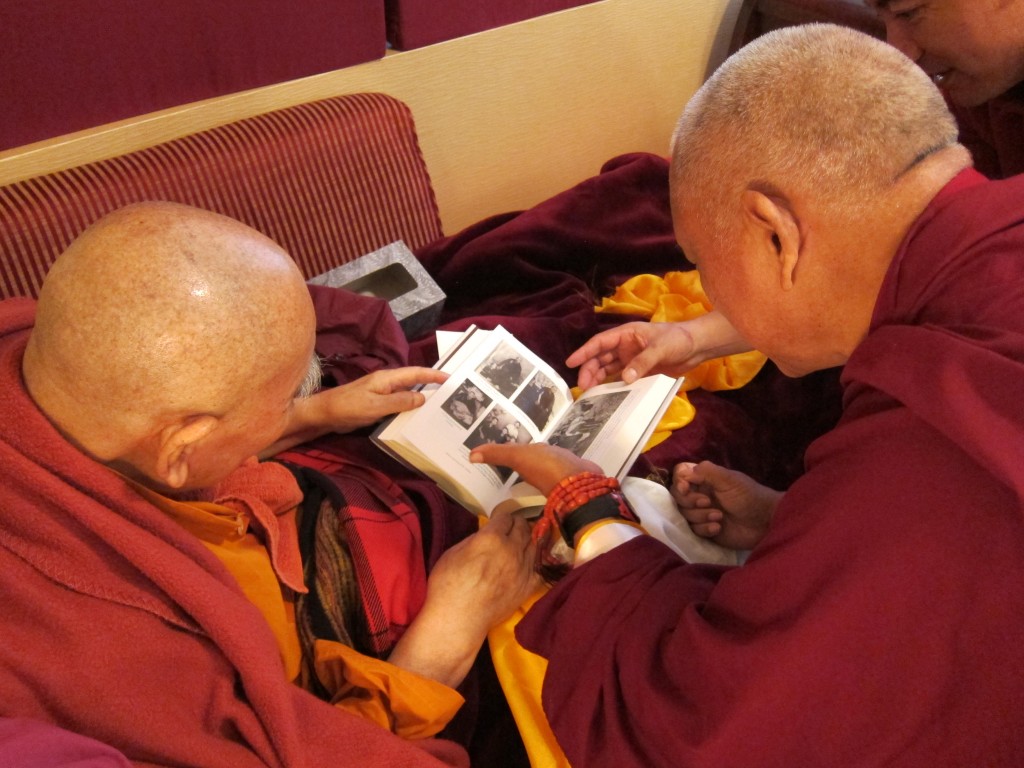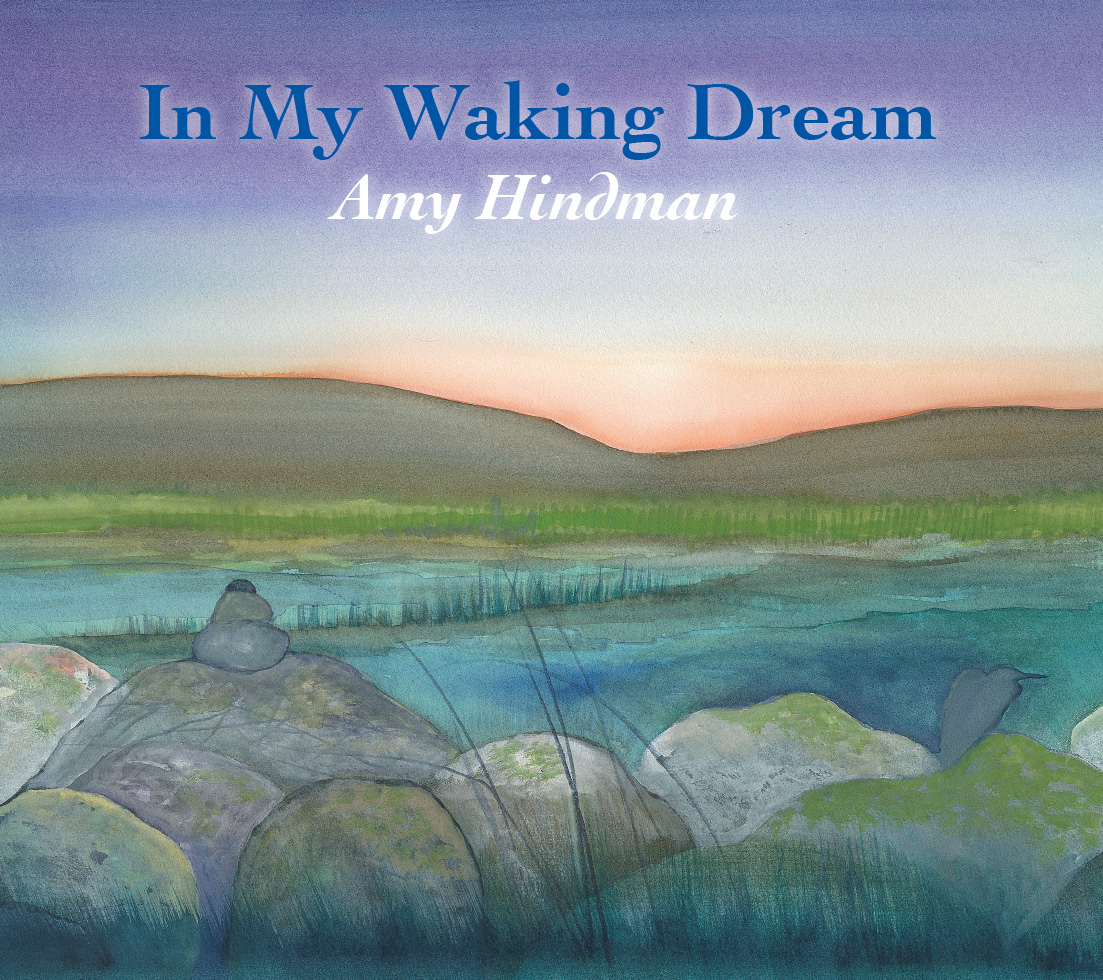



The paper describes several contemporary women masters and applies traditional definitions of a master to them (citing Gampopa, the Third Dalai Lama, and others), as well as subcategories suggested by me, and quotes two songs that shed light on the ways in which Buddhist masters are (or are not) perceived and presented. And LaMacchia 2013b ("Basic Buddhism in songs: Contemporary nuns' oral traditions in Kinnaur," ) discusses in greater depth the way in which Kinnauri nun gurus compose and sing songs as a method of teaching basic Buddhism.) Using as methods fieldwork research (from 1995 to the present)-participant observation and recorded songs, life stories, and interviews-I argue that there are valid, authentic Buddhist women masters-nun gurus-in Kinnaur, but their mode of being masters-ordinary and celibate renunciants-is different from the mode of the reincarnate male gurus they typically sing about in their songs-extraordinary and non-celibate. This paper asks and attempts to answer two questions: (1) Are there Buddhist women masters in Kinnaur, and if so, what are they like? (2) Do nuns sing about nuns, and if not, why not? (An earlier version of this paper was presented at the 11th annual DANAM conference 2013 in Baltimore, Maryland (in conjunction with the American Academy of Religion annual meeting) in Session 2, entitled "Buddhist Women Masters". So nowadays, both ancient traditions and modern curricula coexist in Kinnaur, and Buddhist women masters transmit Buddhism in various ways. Since the Dalai Lama and other Tibetan monks and nuns first came as refugees to India in 1959, some Kinnauri nuns and monks have gone to study with them in Dharamsala (where the Dalai Lama lives) and elsewhere. In Kinnauri villages, jomos (celibate Buddhist nuns) and lamas (who in Kinnaur are male religious specialists and most often married) tell the story of Buddhism by reciting prayers and texts, performing rituals, teaching basic Buddhism, and also, significantly for this paper, by composing and singing songs for their disciples and others. From ancient times too, Kinnauras have loved to sing and dance. In Kinnaur-a Himalayan tribal district of Himachal Pradesh, India, on the Sutlej River and at the Tibet border-Buddhism has been practiced, along with indigenous local Hinduism, for at least a thousand years. LaMacchia International Journal of Dharma Studies (2016) 4:5 DOI 10.1186/s4061-5īuddhist women masters of Kinnaur: Why don't nuns sing about nuns?


 0 kommentar(er)
0 kommentar(er)
